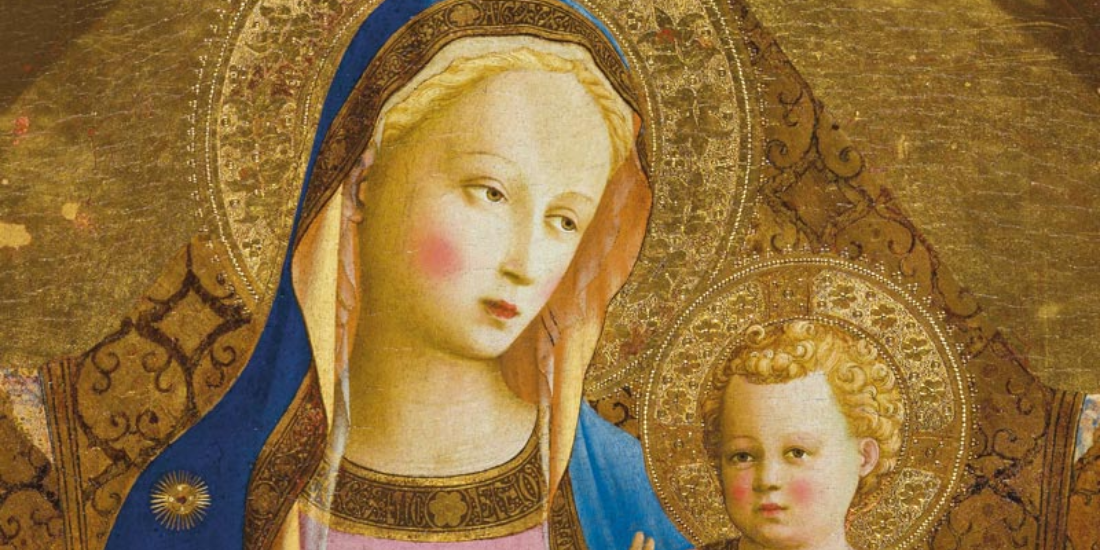
Palazzo Strozzi: from Beato Angelico to Rothko, Florence reveals the future of art
Jayde BrowneShare
Palazzo Strozzi is preparing to host one of the most ambitious and comprehensive exhibition seasons in recent years, intertwining the great tradition of the Renaissance with the most radical trends of contemporary art. The program offers a unique journey spanning centuries and artistic languages, offering the public a coherent and stimulating narrative between ancient and modern, between the chromatic spirituality of Beato Angelico and the emotional abyss of Mark Rothko, with a space dedicated to the pop art and international avant-garde forays of KAWS and Andro Eradze. Art as dialogue, crossing thresholds and mental landscapes: this will be the common thread guiding visitors and enthusiasts in the ongoing reinterpretation of art history, in a context that continues to be a hub of innovation for Florence and Italy.
Arturo Galansino, General Director of the Fondazione Palazzo Strozzi, described the new exhibition cycle as a bridge between the city's heritage and an openness to global artistic experiences. This is confirmed by the variety and richness of the events, spread across multiple spaces within the Foundation, from the Piano Nobile to the Cortile, from the Project Space to the former Teatro dell'Oriuolo, a space adjacent to the IED in Florence for the training of new curators.
The calendar opens with Beato Angelico, the protagonist of a major exhibition that brings the work of Fra Giovanni da Fiesole back into the spotlight after many years since his last retrospective in Florence. The exhibition, organized in collaboration with the Museo di San Marco and the Regional Directorate of National Museums of Tuscany, is curated by Carl Brandon Strehlke, Stefano Casciu, and Angelo Tartuferi. The exhibition intertwines Angelico's work with that of illustrious colleagues and rivals such as Lorenzo Monaco, Masaccio, Filippo Lippi, Lorenzo Ghiberti, Michelozzo, and Luca della Robbia, juxtaposing altarpieces, depictions of evangelical scenes, and the formal inventions that defined the spirituality of the Renaissance. The exhibition offers a unique opportunity to compare the elegance and emotional depth of Angelico's panels with the visions and poetics of the great artists of the time, reaffirming Florence's role as a European creative hub.
In the courtyard of Palazzo Strozzi, KAWS will transform the Renaissance spaces with a site-specific installation. Considered a pioneer of pop culture, KAWS employs his hybrid language, blending high art with influences from the world of comics and designer toys, to create an unprecedented dialogue between past and present. The Renaissance courtyard will be filled with monumental silhouettes, bold colors, and fluid forms that underscore how contemporary art can bring new narratives to even the most prestigious historical settings, offering an opportunity for cross-fertilization and innovation, supported by the Hillary Merkus Recordati Foundation.
In parallel, the Project Space and the former Teatro dell'Oriuolo will host the first institutional exhibition in Italy by Andro Eradze, a Tbilisi-born artist who explores the boundaries between natural and artificial, human and nonhuman, memory and presence. Curated by Galansino and Daria Filardo, and with contributions from the Master in Curatorial Practice at IED Florence, the project will explore the relationship between photography, video, and installation.
The following spring, Palazzo Strozzi will host what promises to be one of the artistic events of the year: the major Italian retrospective dedicated to Mark Rothko, on view at the Foundation, the Museo di San Marco, and the Biblioteca Medicea Laurenziana. Curated by Christopher Rothko and Elena Geuna, the exhibition will present works from the artist's early to late years, many of which have never before been exhibited in Italy, retracing the inner and poetic journey of one of the giants of 20th-century painting. Originally from Latvia, Rothko found in pure color and chromatic fields a means to explore the spiritual and religious dimension, in an ideal dialogue with the Renaissance tradition and the visions of Medici Florence. The exhibition will connect Rothko's intense and meditative chromaticism with the lighting and spatial solutions of the great Florentine masters, offering the public a clash and encounter of visions capable of producing new meanings and new emotions.
Palazzo Strozzi, under Galansino's direction, confirms its position as a crossroads for international culture, combining curatorial rigor with a desire for experimentation. The program stands out for its ambition and depth, fostering dialogue between Italian and international institutions, museums and foundations, private collectors, and major public networks. The idea of intertwining historic spaces with contemporary installations, as in the case of KAWS, represents a challenge with a strong communicative and social impact: Florence returns to being an active platform for cultural debate, hosting artists who interrogate memory, spirituality, pop culture, and Western visual history.
The announced exhibitions will be accompanied by publications published by Marsilio Arte, meetings and guided tours with internationally renowned scholars, and the direct involvement of young curators through training partnerships with IED Florence. The educational dimension is central: Palazzo Strozzi promotes the circulation of ideas, hosts research projects, and supports the creation of spaces for artistic exploration and production open to new generations.
Toward the end of the cycle, Palazzo Strozzi will conclude this extraordinary cultural season with retrospections and analyses that will allow the public, critics, and scholars to reflect on the meaning of tradition and the vitality of the contemporary global scene. The Foundation will confirm its position as a place where past and present are observed, reinterpreted, and questioned, proposing visions that transcend temporal and spatial boundaries in a constant exercise of renewal.
The sequence of exhibitions and events bears witness to a city that invests in culture, that believes in the power of art as a tool for dialogue, identity, and openness. Florence finds itself not only the guardian of its illustrious past, but also a living laboratory of a new modernity, in which Beato Angelico and Rothko, KAWS and Eradze, classicism and pop sensibility, can truly dialogue to narrate the times we live in.
